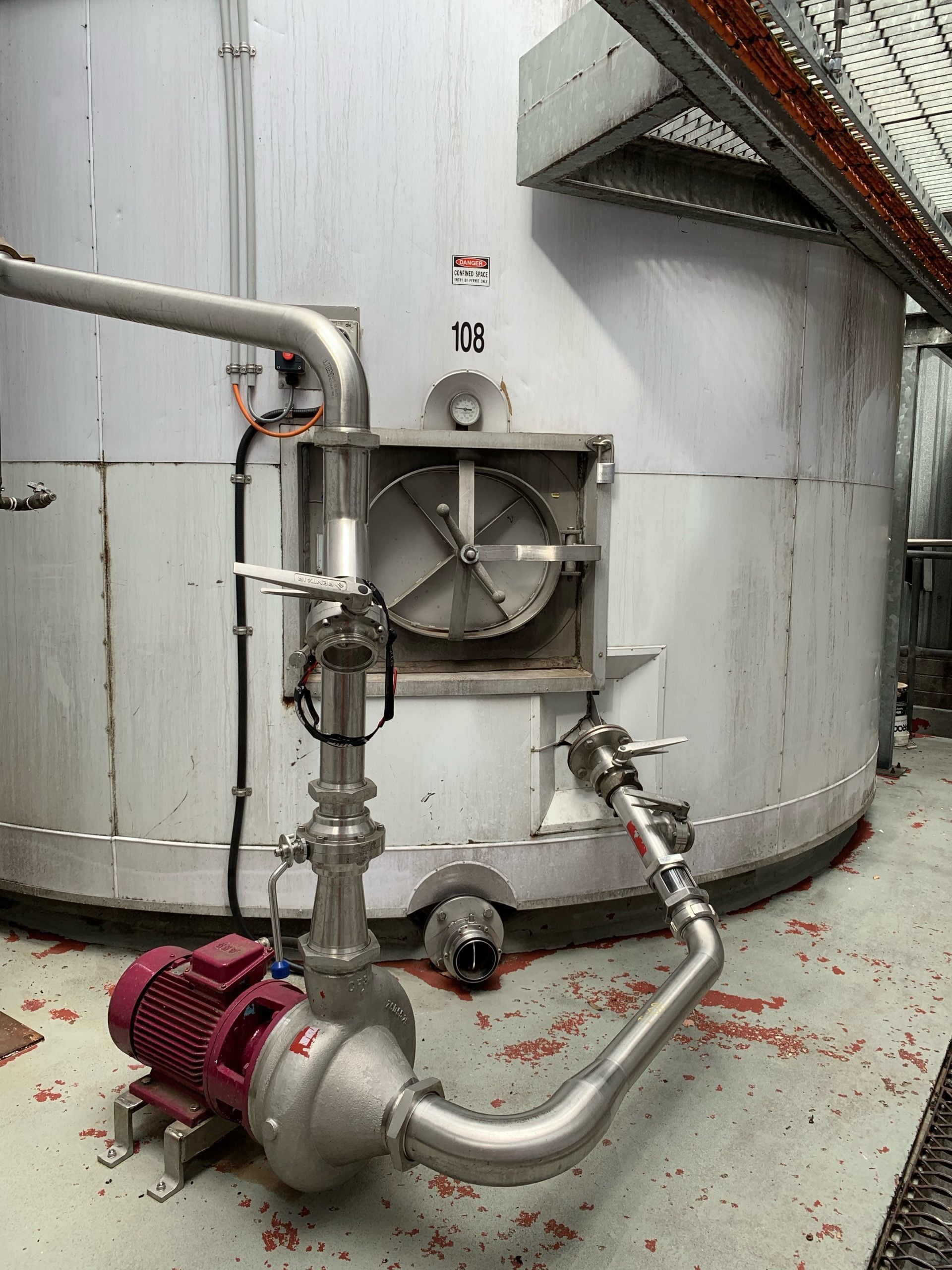Could you tell us a bit about yourself and your academic background?

I am from Colorado Springs, Colorado in the United States. I went to Colorado State University (CSU) where I received a Bachelor of Science in Applied Mathematics with a concentration in Chemistry. During my undergraduate studies, I developed a strong interest in constructing mathematical models to solve complex problems and represent real-world systems.
Wanting to focus on the connection between mathematics and biological systems, I started researching in the Laboratory for Mathematics in the Natural Sciences at CSU. My work focused on modelling the kinetic and spatial behaviour of anthocyanins, which are responsible for the red, blue and purple colours in fruit, flowers, and wine! I gained hands-on experience in the lab – running experiments and creating dynamic models to represent this chemical behaviour over time. This is also where my interest in wine chemistry began!
These experiences allowed me to be well-prepared for the current project I am working on with the ARC Training Centre for Innovative Wine Production at The University of Adelaide. I am very happy to be contributing to a project where my interests in applied mathematics and wine chemistry can come together.
Could you introduce us to your project and what it involves?
 Our current project focuses on using dynamic and spatial mathematical models alongside chemical experiments to describe the behaviour of phenolic compounds during various stages of the red winemaking process. Phenolic compounds are important for red wine quality, and greatly influence red wine colour and flavour.
Our current project focuses on using dynamic and spatial mathematical models alongside chemical experiments to describe the behaviour of phenolic compounds during various stages of the red winemaking process. Phenolic compounds are important for red wine quality, and greatly influence red wine colour and flavour.
Matlab and Computational Fluid Dynamics software will be used to develop mathematical models which will allow us to better understand the complex reactions that phenolic compounds undergo during fermentation. Additionally, red wine samples will be obtained from a winery with our industry partner, Pernod Ricard Winemakers, and will allow for the development and validation of the phenolic extraction simulation models.
Ultimately, this information will allow winemakers to make more informed decisions regarding phenolic extraction and fermentation management. This can potentially contribute to increases in red wine quality and efficiency of the winemaking process.
What can you see yourself doing in the future?
As I am just starting my research with the Training Centre, my immediate future consists of contributing to this project and developing my skills as a researcher. I am looking forward to watching this project progress and seeing the influences that it may have within academic areas and the wine industry. Ultimately, I am happy to be working in this area and am looking forward to whatever is to come.
